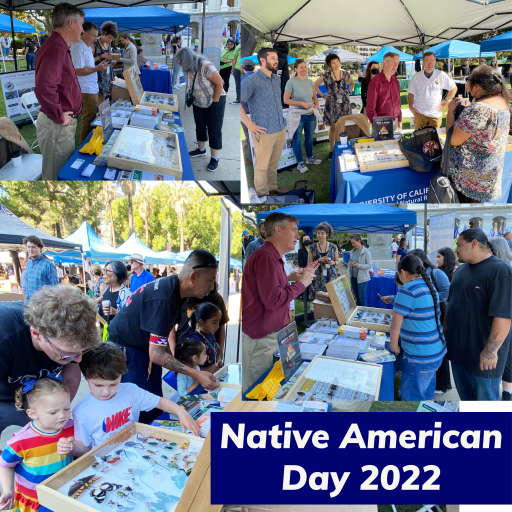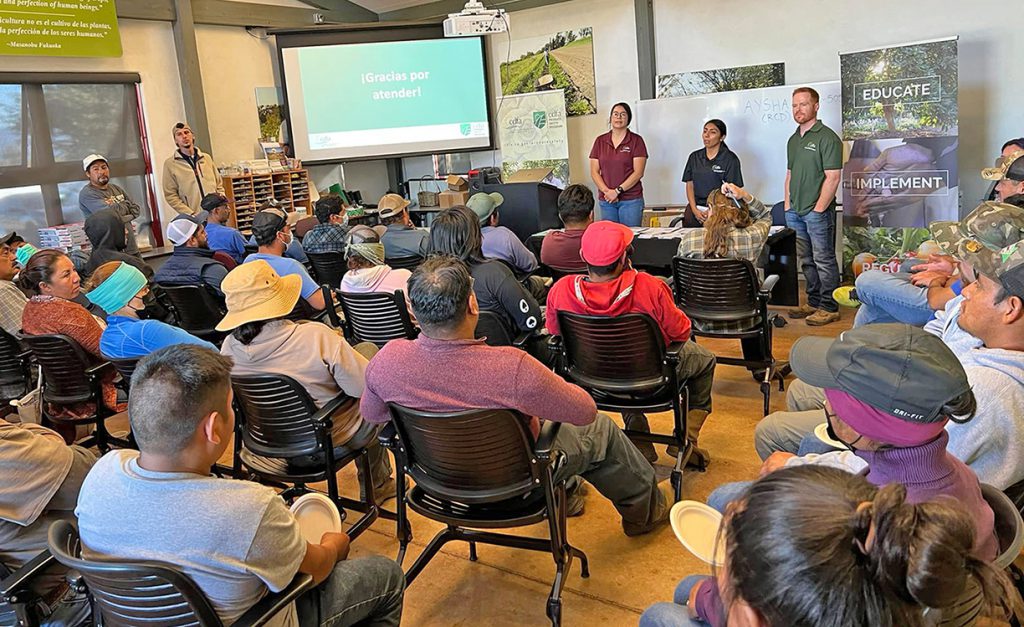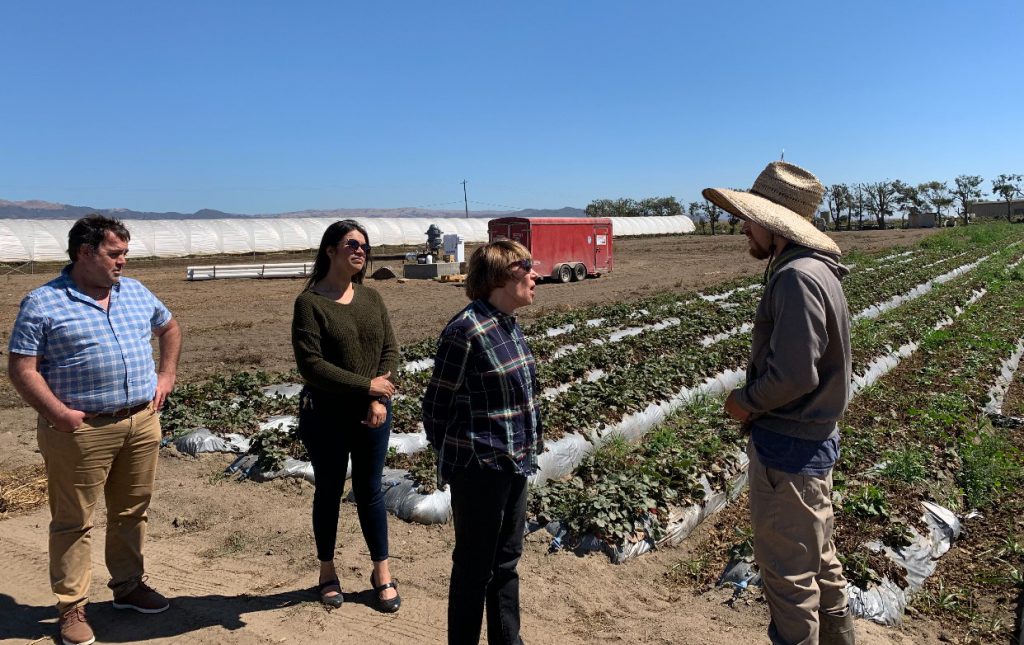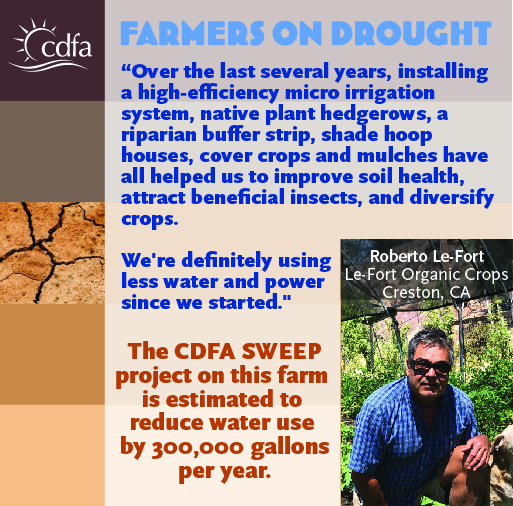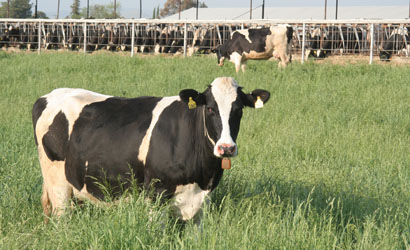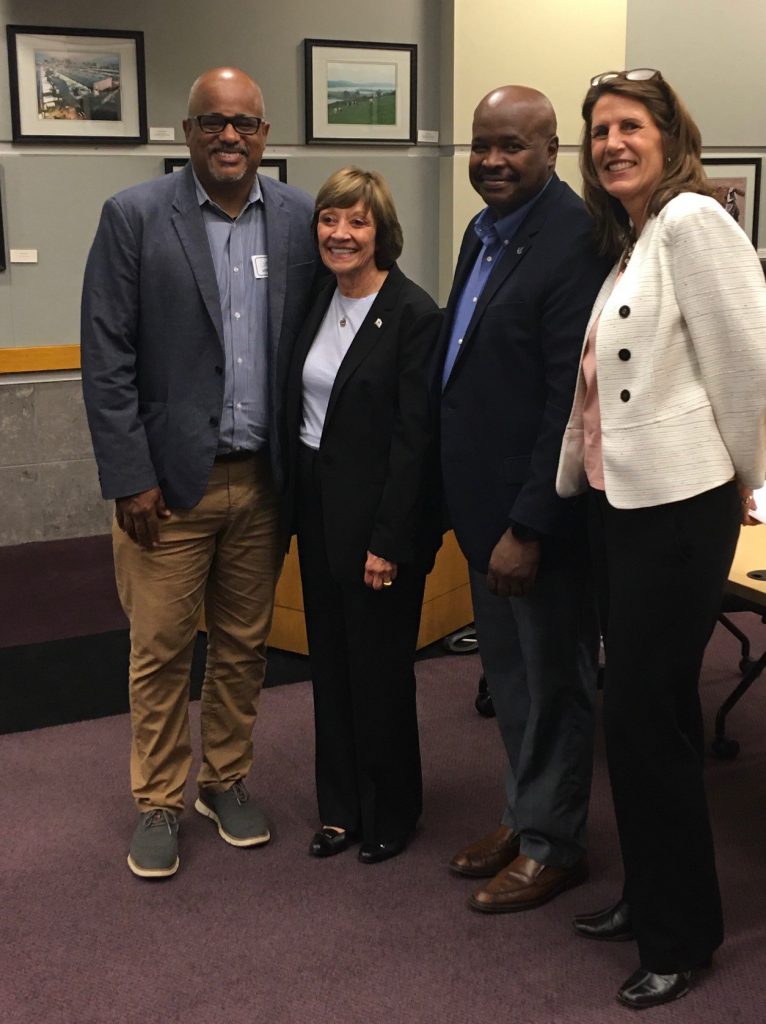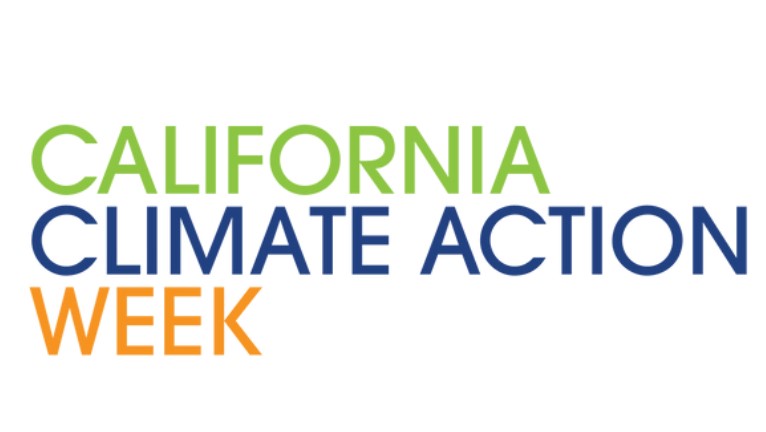U.S. Department of Agriculture (USDA) Secretary Tom Vilsack today announced that the Biden-Harris Administration is making $500 million in grants available to increase American-made fertilizer production to spur competition and combat price hikes on U.S. farmers caused by the war in Ukraine.
“Under the leadership of President Biden and Vice President Harris, USDA is creating a resilient, secure and sustainable economy, and this support to provide domestic, independent choices for fertilizer supplies is part of that effort,” Vilsack said. “USDA believes in the growth of innovative, local businesses owned and shared by people who can best serve their own unique community’s needs, fill gaps, and build opportunities. Recent supply chain disruptions have shown just how critical it is to invest in the agricultural supply chain here at home. The Fertilizer Production Expansion Program is one example of many Biden-Harris Administration initiatives to bring production and jobs back to the United States, promote competition and support American goods and services.”
The Biden-Harris Administration’s Fertilizer Production Expansion Program is part of a whole-of-government effort to promote competition in agricultural markets. The funds are being made available through the Commodity Credit Corporation.
Grants will be used to support independent, innovative and sustainable American fertilizer production to supply American farmers. Funds also will expand the manufacturing and processing of fertilizer and nutrient alternatives in the U.S. and its territories.
The program will support fertilizer production that is:
Independent, and outside the orbit of dominant fertilizer suppliers. Because the program’s goal is to increase competition, market share restrictions apply.
Made in America. Products must be produced by companies operating in the U.S. or its territories, to create good-paying jobs at home, and reduce the reliance on potentially unstable, inconsistent foreign supplies.
Innovative. Techniques will improve fertilizer production methods and efficient-use technologies to jumpstart the next generation of fertilizers and nutrient alternatives.
Sustainable. Ideally, products will reduce the greenhouse gas impact of transportation, production and use through renewable energy sources, feedstocks and formulations, incentivizing greater precision in fertilizer use.
Farmer-focused. Like other Commodity Credit Corporation investments, a driving factor is providing support and opportunities for U.S. agricultural commodity producers.
Eligible entities are for‐profit businesses and corporations, nonprofit entities, Tribes and Tribal organizations, producer‐owned cooperatives and corporations, certified benefit corporations, and state or local governments. Private entities must be independently owned and operated to apply.
The maximum award is $100 million. The minimum award is $1 million. The grant term is five years.
The Department will begin accepting applications in the coming days via www.grants.gov. Notably, there will be two opportunities for submission.
The Department plans for a 45-day application window for applicants to receive priority for projects that increase the availability of fertilizer (nitrogen, phosphate or potash) and nutrient alternatives for agricultural producers to use in crop years 2023 or 2024.
The Department will also offer an extended application window, providing an additional 45 days (90-day application window) to receive applications for financial assistance to significantly increase American-made fertilizer production to spur competition and combat price hikes. This extended application window will support applicants who need more time to make additional capacity available.
The Department is hosting two informational webinars:
Potential applicants and other interested parties are encouraged to attend a webinar on Oct. 4, 2022, to learn more about the program. Pre-registration is required. To register, visit: www.zoomgov.com/webinar/register/WN_dTRONOeRRVu2aTEvGjwx6A.
Potential applicants and other stakeholders are also encouraged to attend a webinar on Oct. 6, 2022, to learn about application requirements. Pre-registration is required. To register, visit: www.zoomgov.com/webinar/register/WN_dUsGJWFZQtGuh_BWcC7EZQ.
Potential applicants and stakeholders may email questions to fpep@usda.gov.
For more information, visit www.rd.usda.gov/fpep or www.farmers.gov/global-food-insecurity.




